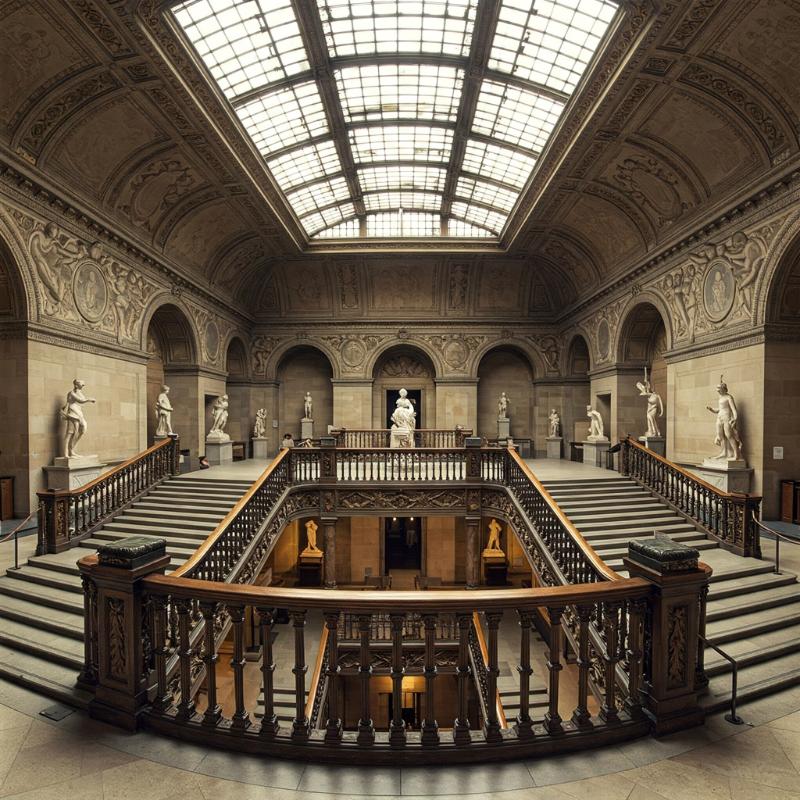The architecture of the Louvre is a masterpiece in itself, a palimpsest of French history that has evolved over 800 years. What began as a medieval fortress in 1190, strategically placed on the Seine, gradually shed its defensive role to become a grand royal palace. Kings like Francis I in the 16th century initiated major transformations, ushering in Renaissance aesthetics.
Subsequent monarchs continued to expand and modify the Louvre, resulting in a sprawling complex of interconnected wings and courtyards that showcase various architectural styles, from Renaissance to French Classicism. The Cour Carrée (Square Court) and the impressive colonnaded eastern facade designed by Claude Perrault are prime examples of this grandeur.
The most significant modern intervention is, undoubtedly, I.M. Pei’s glass pyramid. Unveiled in 1989 in the center of the Cour Napoléon, it initially sparked controversy but has since become an iconic symbol of the Louvre. This bold modernist statement serves as the main entrance, cleverly funneling light into the underground lobby and providing a striking contrast to the historic facades, perfectly embodying the Louvre’s journey from a historic seat of power to a world-renowned public museum.

